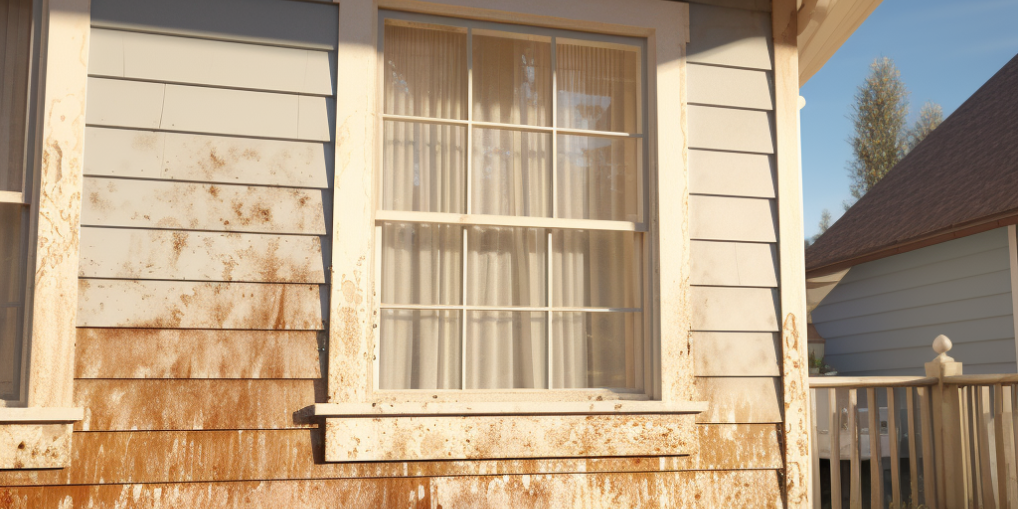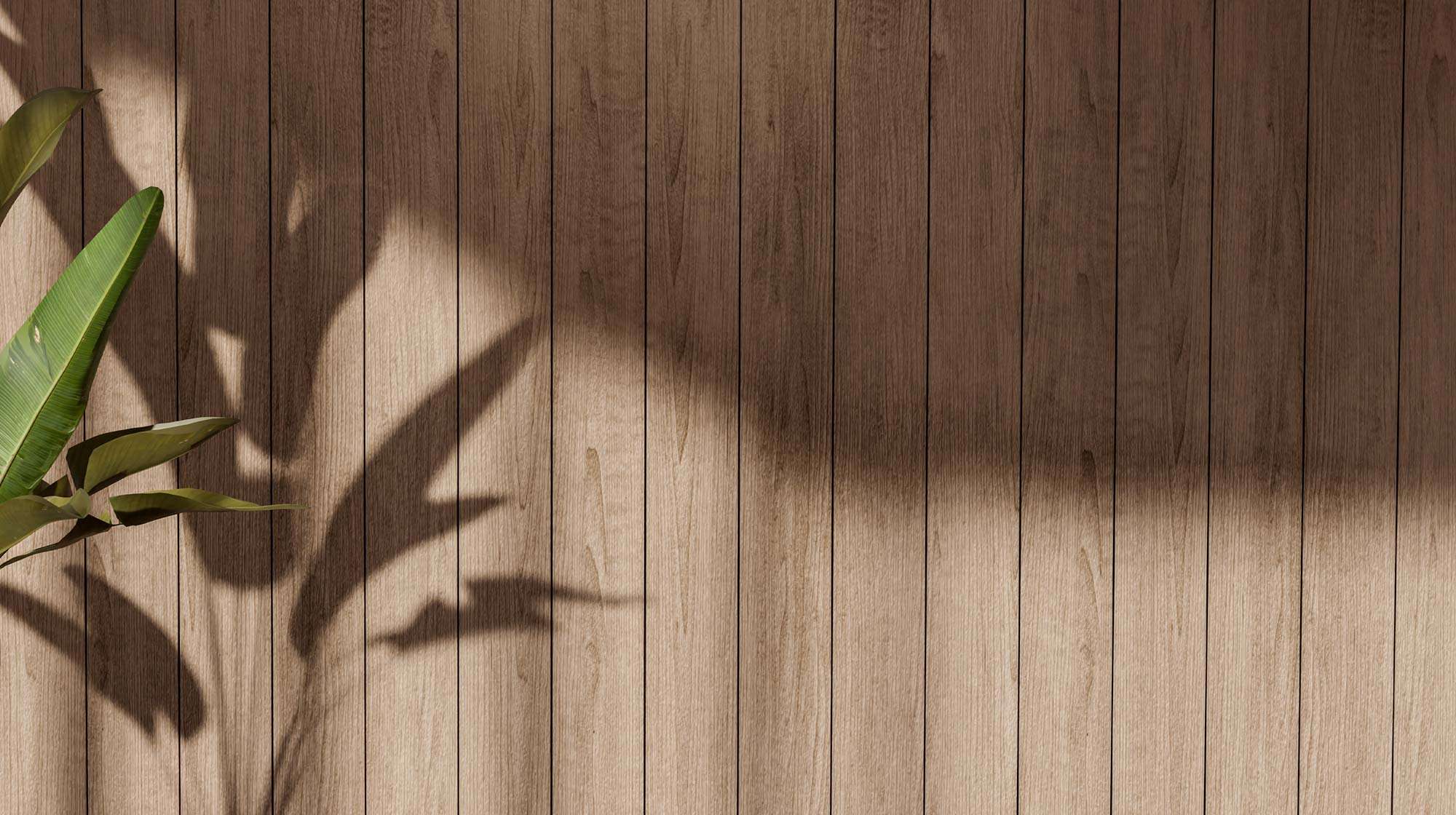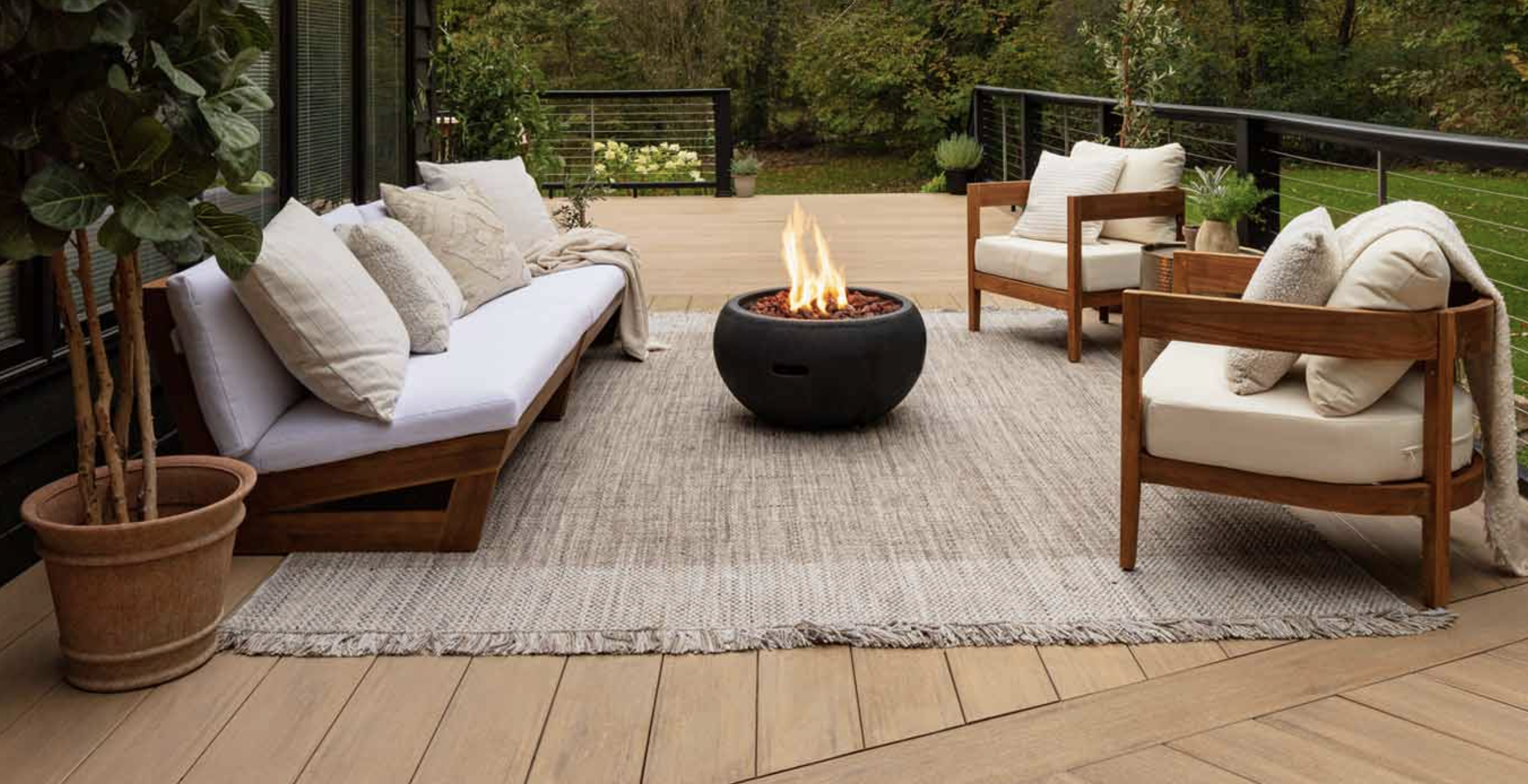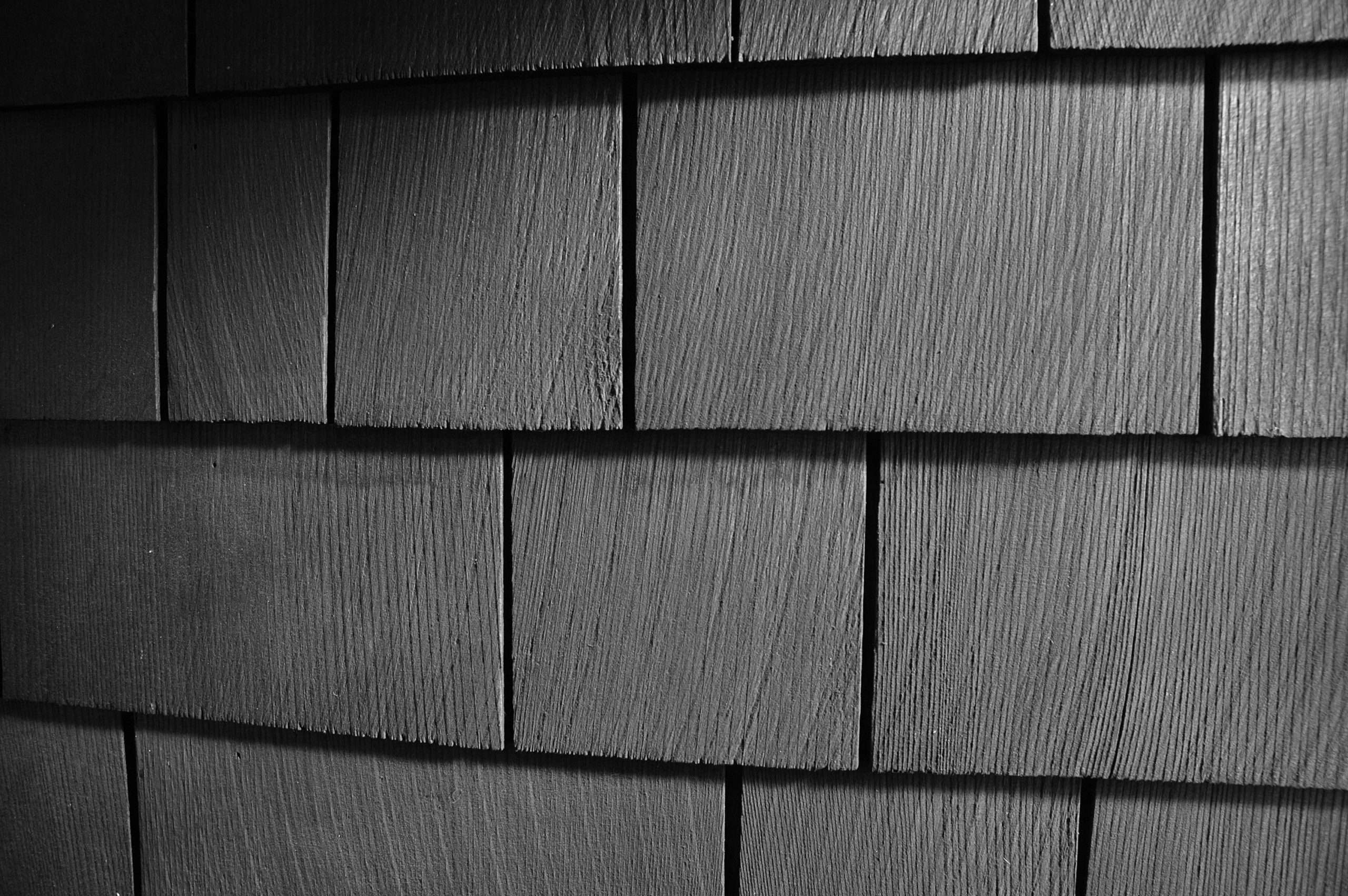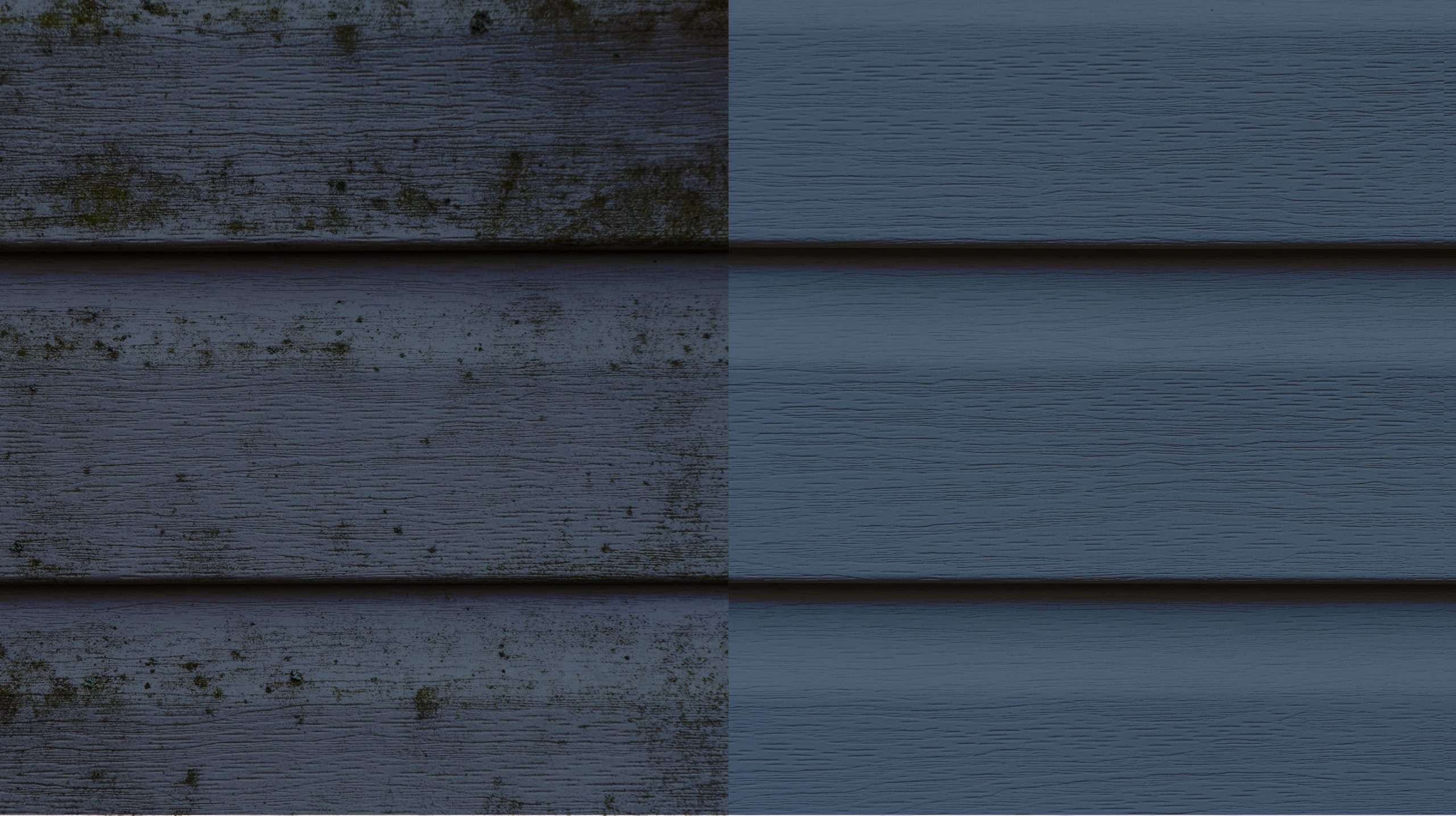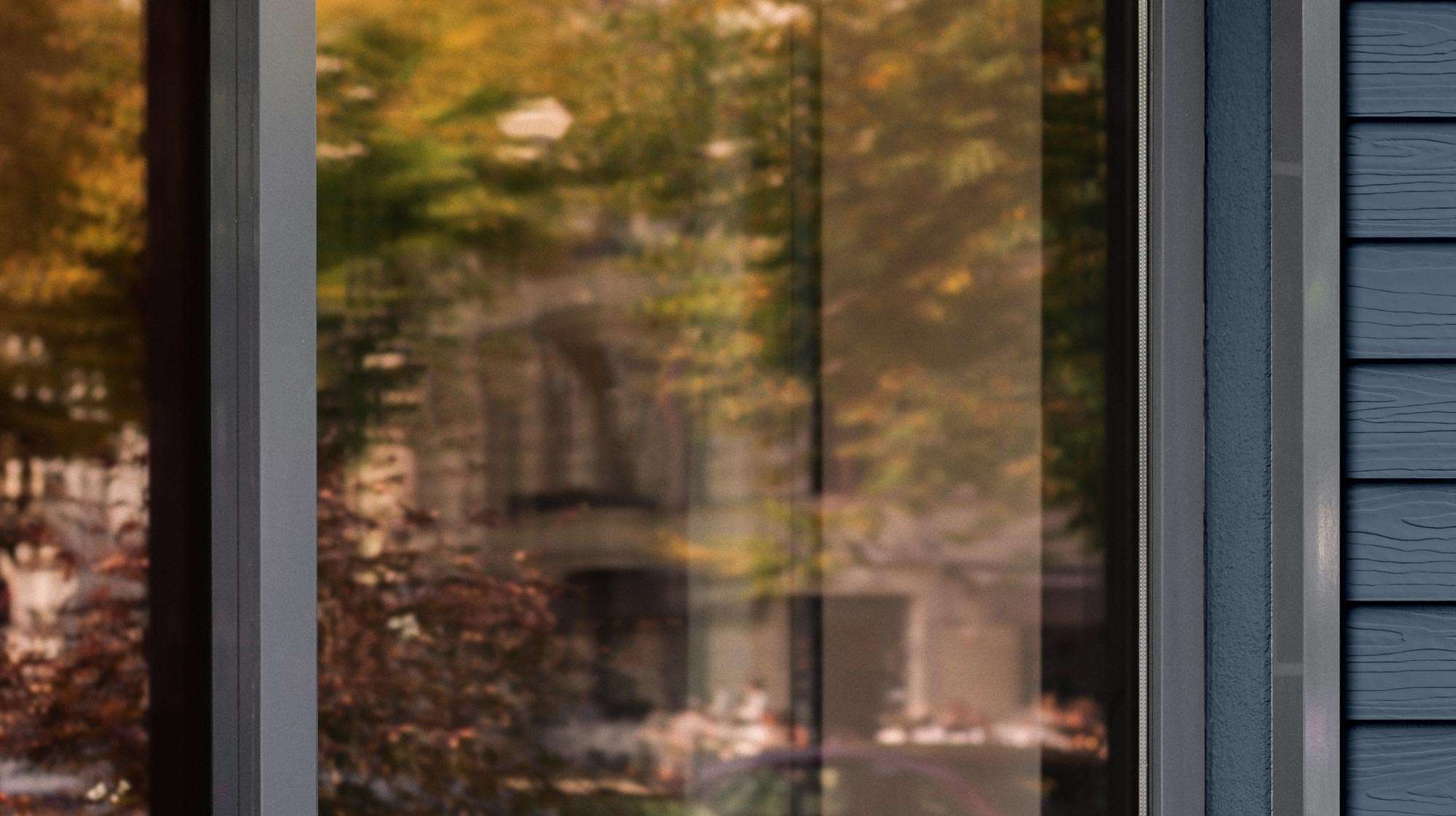Introduction
Let’s talk about composite siding—it’s a favorite for so many homeowners in San Luis Obispo. Why? Because it’s versatile, looks great, and doesn’t demand constant upkeep. That said, even the best materials have their challenges, and composite siding is no exception. If you’ve ever wondered about how to deal with issues like dry rot or unsightly stains, you’re in the right place. We’re breaking it all down in this blog.
Table of Contents
- Introduction
- Why Homeowners Love Composite Siding
- Dry Rot: Recognizing the Hidden Threat
- Surface Contamination: Causes and Effects
- Proven Tips for Maintaining Composite Siding
- Rogall + Co.: Your Siding Maintenance Experts
- Conclusion
Why Homeowners Love Composite Siding
Composite siding is kind of like the best of both worlds. It gives you that classic wood look without all the hassle of sanding, staining, or sealing every few years. Plus, it holds up well against weather (a big deal here on the Central Coast). It’s durable, low-maintenance, and easy on the eyes.
But—and there’s always a “but,” right?—composite siding isn’t invincible. You might not have to baby it like wood, but you still need to watch out for two common enemies: dry rot and surface contamination.
Dry Rot: Recognizing the Hidden Threat
Dry rot sounds harmless, but don’t let the name fool you. It’s not “dry,” and it’s definitely not harmless. It’s caused by fungi that thrive when moisture lingers. Over time, these fungi break down the material, leaving it brittle and weak.
How Do You Spot Dry Rot?
- Discoloration: Look for patches that are darker or lighter than the rest of your siding.
- Brittleness: Press gently—if it feels crumbly or brittle, that’s a red flag.
- Musty Smell: A damp, musty odor is a telltale sign.
- Surface Changes: Warping or strange bumps might mean the rot is already doing damage underneath.
Dry rot is sneaky. You might not see it right away, but by the time you smell it or notice cracks, it’s already done some damage.
Surface Contamination: Causes and Effects
Unlike dry rot, surface contamination is more of an aesthetic issue—at least at first. Dirt, mold, algae, and even airborne particles can settle on your siding, making it look worn and dirty.
What’s the Big Deal About Surface Contamination?
- It Looks Bad: Mold and algae leave ugly stains that can ruin your home’s curb appeal.
- It Speeds Up Wear and Tear: Over time, contaminants can erode the siding’s surface.
- It Shortens Lifespan: If ignored, surface issues can lead to more significant damage, forcing you to replace siding sooner than planned.
If you’ve noticed your siding looking grimy or streaked, it’s time to take action.
Proven Tips for Maintaining Composite Siding
Now that we’ve covered the problems, let’s talk solutions. Good news: keeping your composite siding in great shape doesn’t have to be hard.
1. Do Regular Inspections
Walk around your house at least a couple of times a year. Look for discoloration, cracks, or any signs of mold or mildew. Catching issues early is always easier (and cheaper) than fixing them later.
2. Clean Your Siding the Right Way
Cleaning isn’t just about aesthetics—it’s preventative maintenance.
- Use a mild detergent mixed with water. Harsh chemicals can damage the material.
- Scrub gently with a soft brush or cloth to remove dirt, mold, and mildew.
- For tougher jobs, try a pressure washer, but keep the pressure low to avoid damaging the surface.
3. Tackle Dry Rot Quickly
If you find dry rot, don’t wait to deal with it.
- Assess the damage—how deep does it go?
- Replace any compromised sections of siding. This ensures the issue doesn’t spread.
- Apply a fungicide treatment to nearby areas to kill any remaining spores.
- Improve ventilation around your siding to keep moisture at bay.
4. Create a Maintenance Schedule
It sounds boring, but having a plan can save you headaches down the line. Aim for an annual cleaning and inspection. If your home is surrounded by trees or gets a lot of shade, you might need to do this more often.
Rogall + Co.: Your Siding Maintenance Experts
Sometimes, no matter how diligent you are, siding issues can get out of hand. That’s where we come in. At Rogall + Co., we’ve been helping San Luis Obispo homeowners protect their properties since 2004. Whether it’s repairing dry rot, deep-cleaning siding, or applying protective treatments, we’ve got the tools and expertise to keep your home looking its best.
Our team doesn’t just fix problems; we help prevent them, giving you peace of mind and a home that stands up to the elements.
Conclusion
Composite siding is a fantastic choice for San Luis Obispo homes, but like anything, it requires care. Dry rot and surface contamination might sound intimidating, but with regular maintenance and a little know-how, you can keep your siding in excellent condition for years to come.
And if things ever feel overwhelming, remember—you’re not in this alone. Rogall + Co. is here to help. From routine maintenance to major repairs, we’ve got your back.
So go ahead, enjoy the beauty of San Luis Obispo, knowing your home is in great shape. If you ever need expert advice or assistance, contact us today! We’re always happy to help!
